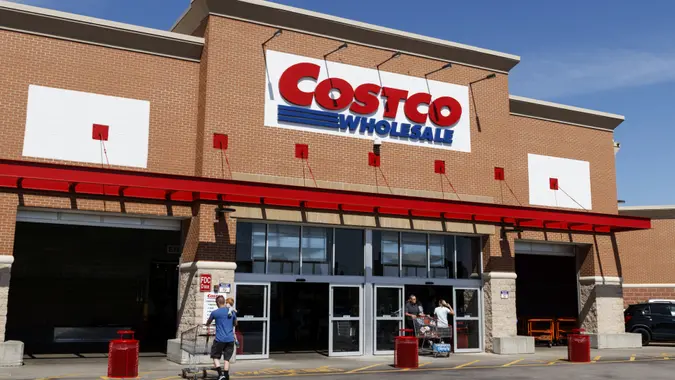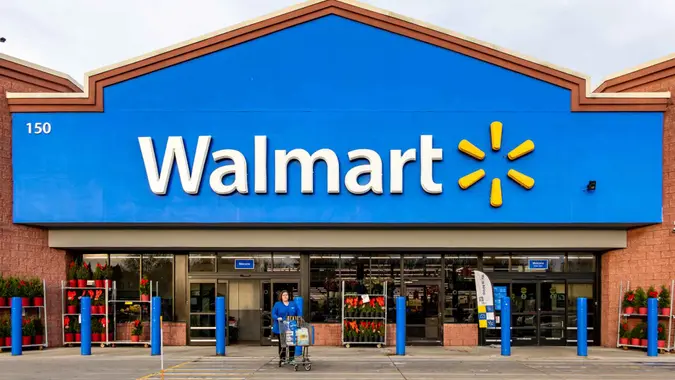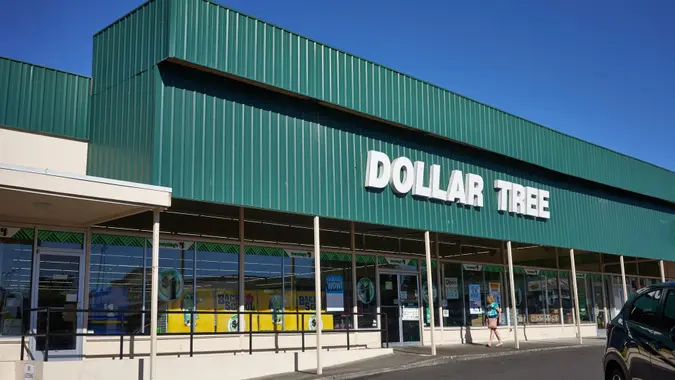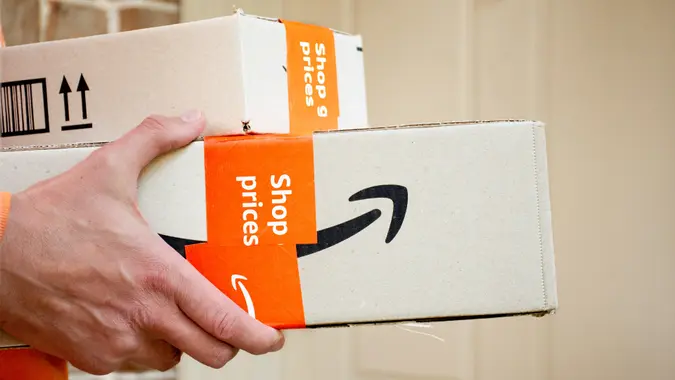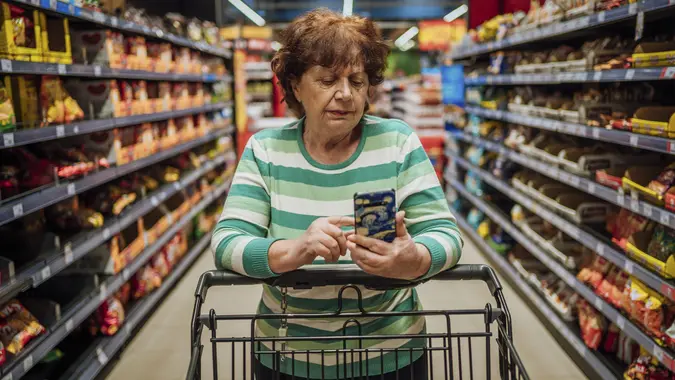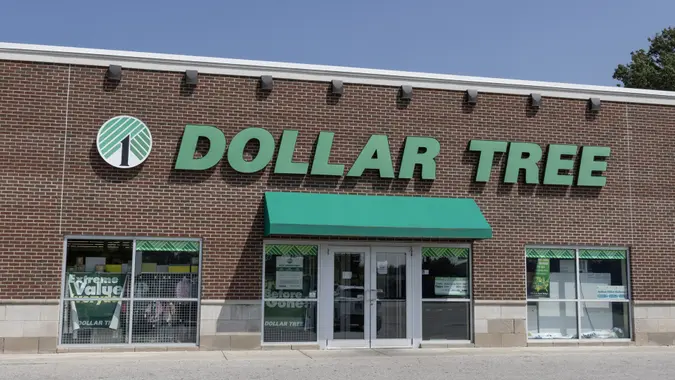Costco vs. Sam’s Club: What To Buy at Wholesale Retailers in 2026

Commitment to Our Readers
GOBankingRates' editorial team is committed to bringing you unbiased reviews and information. We use data-driven methodologies to evaluate financial products and services - our reviews and ratings are not influenced by advertisers. You can read more about our editorial guidelines and our products and services review methodology.

20 Years
Helping You Live Richer

Reviewed
by Experts

Trusted by
Millions of Readers
Anyone who buys groceries probably has a story about trying to complete their shopping list while also visiting multiple stores to save money. Inflation in 2025 hit consumers with some high prices at the grocery store and 2026 could potentially bring them even higher.
To save money, many people shop at wholesale retailers: notably Costco and Sam’s Club. If you frequent both, you know that either retailer has great deals and discounts, but in 2026, which has the price advantage? GOBankingRates spoke with Clay Cary, senior trends analyst and finance expert at CouponFollow, to predict how Costco versus Sam’s Club will benefit your budget in 2026.
“Costco and Sam’s Club will definitely maintain aggressive competition levels in 2026, but depending on category, I think their pricing strengths will differ,” Cary said. Here’s the estimated breakdown of who wins the sticker wars between Costco and Sam’s Club in 2026:
Paper Products
Due to its involvement with Walmart’s sophisticated supply chain, Cary predicted that Sam’s Club will shine on bulk paper products like bulk paper towels or toilet paper.
“Also, Sam’s is known to be willing to run ‘price hold’ programs on items like these,” he said. On these products, Cary expects to see slightly lower prices, projecting around $16-$18 for a large pack of paper towels compared to Costco at a couple bucks more, $18-$20.
Milk
Cary predicts that Costco will maintain an advantage over Sam’s Club on milk.
“[Milk] will likely be cheaper at Costco due to Costco’s limited SKU strategy and pretty large private-label scale,” he said. “This includes other perishable items as well. The predicted price for a 2% gallon of milk will likely be anywhere between $3.70-$4.10. Sam’s is likely to sit around $3.80-$4.20.”
Eggs
Staying in the refrigerated section, Cary highlighted egg’s ongoing volatility as likely to continue into 2026.
“This is because of feed costs as well as disease outbreaks,” he said. “Costco wins again here due to their advantage of consistency by having Kirkland Signature sourcing. This will bring a dozen eggs at Costco to be between $2.70-$3.20. Sam’s will probably sit around $2.80-$3.30.”
The Winner
While it’s only a dime’s worth of difference, the edge goes to Costco on food price tags. But that’s not the whole story. According to Cary, Sam’s Club has Walmart backing and lower membership fees, and employs competitive pricing on paper products and home basics, which makes it worth the trip.
“This is likely to win over shoppers,” said Cary. “In order to keep perishable items like milk and eggs on the cheaper side and more stable, Costco depends on its focused SKU selection, private-label dominance and massive order quantities, which many shoppers will appreciate.”
Cary pointed out that there is no doubt that both Costco and Sam’s Club will continue to be influenced by things like inflationary pressures on feed, transportation, labor and packaging.
“But it’s also safe to say that each will embrace their strengths,” Cary said, highlighting Sam’s superiority on bulk non-perishables and Costco’s on food essentials. “So essentially, in 2026, this may lead shoppers to shop at Sam’s Club for everyday household items and Costco for groceries.”
Of course, subscribing to both clubs will cost you more than either will save you over the other, so figure out what your needs will be in the new year, and choose your marketplace carefully.
 Written by
Written by  Edited by
Edited by 






